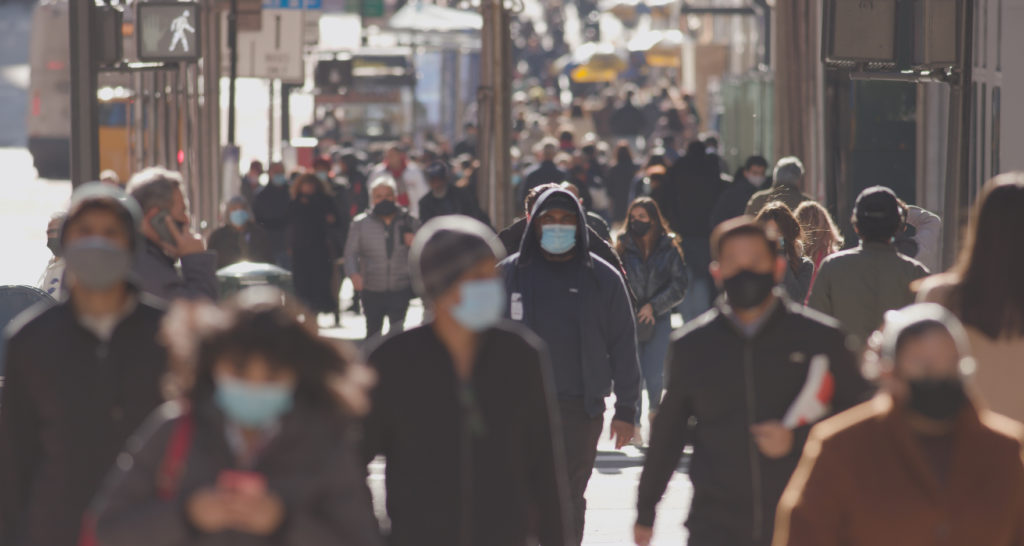Roadway lighting and its effects on drivers may need to be the subject of new, extensive research, according to industry experts.
During a late-August webinar hosted by the Transportation Research Board, industry professionals discussed light-emitting diode roadway lighting-related studies depicting the effects of LED road lights on the overall alertness and sleep health of drivers. According to the study, night time melatonin tends to become suppressed in the short-term for drivers exposed to this kind of street lighting.
“What are the impacts of LED roadway lighting on driver sleep health and alertness?” asked the Transportation Research Board in a Tweet ahead of the discussion. “Presenters from VTTI and Jefferson University will discuss how LED [lighting] impacts drivers’ alertness and visibility.”
However, long-term effects, which have not been heavily focused on within these studies, may be prevalent in truck drivers who spend a majority of their days on the road, explained senior research associate at the Virginia Tech Transportation Institute’s Division of Vehicle, Driver, and System Safety, Rajaram Bhagavathula.
In healthy drivers, researchers found that salivary melatonin is not largely decreased between the hours of 1:00 and 3:00 in the morning in regards to the acute effects of LED roadway lights. Additionally, LED lighting, high-pressure sodium fixtures, and zero roadway lighting did not cause any particular boost in driver alertness, they found.
However, how exactly to determine overall alertness in drivers isn’t necessarily black and white.
“As far as alertness, it’s a tricky thing,” said assistant professor at Thomas Jefferson university, John Hanifin. “The drivers all have different physiological and sleeping backgrounds. Knowing their schedule [and] knowing how well they slept in their last sleep episode–these all impact their [baselines].”
During tests on drivers in regards to alertness and sleep physiology, Bhagavathula and his team exposed drivers to different levels of light between the hours of 1:00 and 3:00 A.M. on a Virginia Tech Transportation Institute test track. There, all test participants were accompanied by someone else in the vehicle who would be able to take control if needed, as one participant did indeed end up falling asleep during the test.
All of the test vehicles had a variety of sensors implemented onboard, and levels of alertness in participants were determined based on lane position deviation, the amount of time their eyes closed within a three-minute period, and the quickness of their reaction times. During all roadway scenario testing, participants typically had their eyes closed for around 30% of the time.
“We’ve got all these things where we’re starting to impact the environment [and] the roadway,” said VTTI’s head of Infrastructure Based Safety Systems group, Ron Gibbons. “How do we control these light emissions so that we can maximize the benefit and put a number on these things?”
Gibbons previously worked on a study in which roadway lighting was tested regarding its effects on interstate night-to-day vehicle crash ratio decreases. The overarching goal of these studies, he said, is to determine what exactly is the most efficient level of roadway lighting, with the ideal level needing to take into account energy consumption, light pollution impacts, the environment itself, and overall roadway driver safety.
The effects of varying kinds of light on drivers as they operate vehicles can be made extremely efficient, even helpful–as long as the right amount of light is utilized in the best possible locations and time of day, Bhagavathula explained. Additionally, he believes that adaptive lighting may be the best solution, as this kind of roadway lighting can be dimmed or changed when not in use.
In fact, it is “important to consider light as medicine,” he added. “You’d not only get energy benefits [from proper light usage], but also [you would be] reducing environmental impact.”
Moving forward, research must focus upon plasma melatonin in drivers as opposed to salivary melatonin, Bhagavathula noted. However, plasma melatonin collection is likely to be much more difficult as it requires the collection of blood (in this case, in a moving vehicle) instead of the collection of saliva.





